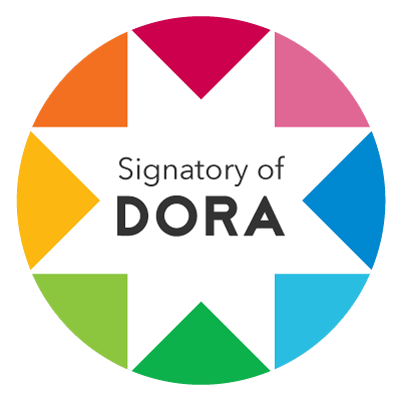Psychological Intervention for Increased Motivation Towards Physical Activity and Weight Loss
DOI:
https://doi.org/10.22544/rcps.v39i02.03Keywords:
Applied Research, Psychology, Motivation, Sport, Healthy HabitsAbstract
A case study is presented with a 22-year-old female (student and basketball coach) who wanted to motivate herself to lose weight and develop healthy habits (good nutrition and regular physical exercise). The “Cantón’s Giraffe” model was used as the basis of the intervention, which consists of four well-differentiated parts that are: the “head” or goal; the “neck” or expectations x value; the “body” or self-esteem, self-efficacy and self-concept; and the base “legs” that refer to the four ways of obtaining information (direct experience, indirect experience, verbal persuasion and psychophysiological symptoms). The analysis of both quantitative and qualitative data was carried out through methodological triangulation, measuring the parts of the Cantón’s Giraffe model qualitatively in the participant, and quantitatively for psychological well-being and self-efficacy. The results show an improvement in the motivational variables related to the parts of the model, in line with the improvement in the quantitative scores for psychological well-being and self-efficacy. There was also an increase and maintenance of healthy habits of nutrition, physical activity and proper thinking. These results are in line with those obtained in previous similar studies.Published
How to Cite
Issue
Section
License
El Colegio, como institución editora, tiene todos los derechos reservados (copyright) sobre lo que se publica en la revista. Los autores y las autoras firman una declaración de cesión de derechos de autoría en el caso de aceptación de sus manuscritos para publicación en la revista, conforme con lo establecido en la legislación vigente.
Los artículos publicados representarán el punto de vista de su autoría y no de la revista, por lo que la autoría asume responsabilidad ante cualquier litigio o reclamación relacionada con derechos de propiedad intelectual y exonera de cualquier responsabilidad a la Revista Costarricense de Psicología y al Colegio.
La revista publicará en cada edición su política de acceso abierto (p.ej., Creative Commons). El material publicado en la revista puede ser copiado, fotocopiado, duplicado y compartido siempre y cuando sea expresamente atribuido al Colegio. El material de la revista no puede ser usado para fines comerciales.







